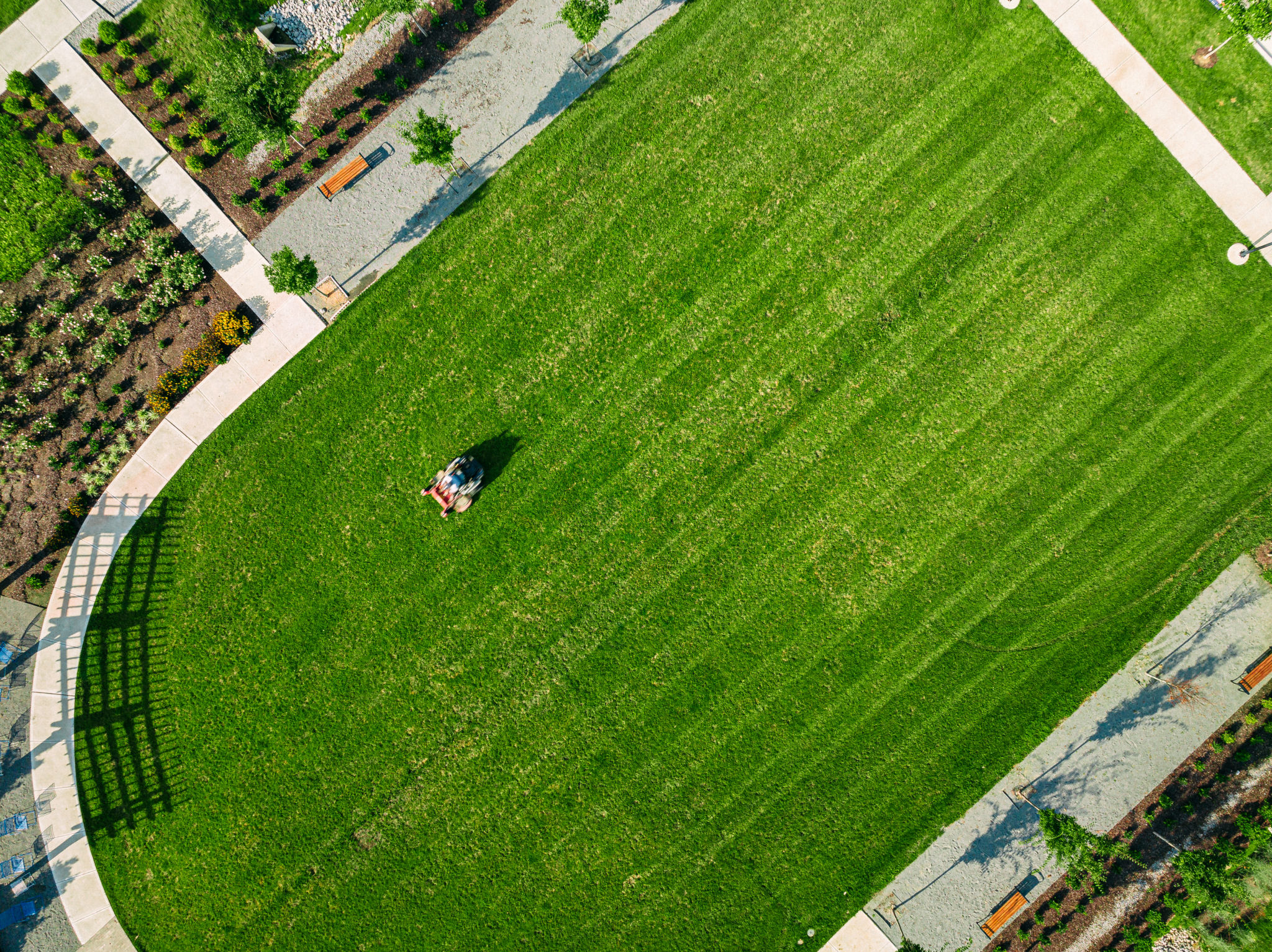Debunking Common Landscaping Myths: What Every Sag Harbor Homeowner Should Know
Understanding the Truth Behind Landscaping Myths
For many Sag Harbor homeowners, landscaping can seem like a daunting task, especially with the myriad of myths that surround the topic. These misconceptions can often lead you astray, resulting in unnecessary expenses or less-than-ideal results. In this post, we aim to debunk some of the most common landscaping myths to help you make informed decisions for your outdoor space.

Myth 1: You Must Water Your Lawn Every Day
One of the most prevalent myths in landscaping is the belief that lawns need daily watering to thrive. In reality, overwatering can be more harmful than beneficial. Lawns typically require about 1 to 1.5 inches of water per week, which can usually be achieved with two deep watering sessions. This method encourages deep root growth, making your lawn more resilient to drought.
It's essential to consider factors such as soil type, grass species, and local climate when determining your watering schedule. Using a rain gauge or a soil moisture sensor can help ensure your lawn receives the right amount of water.
Myth 2: More Fertilizer Equals a Healthier Lawn
Many homeowners believe that applying large quantities of fertilizer will result in a lush, green lawn. However, excessive fertilization can lead to nutrient runoff, which harms local waterways and negatively impacts your lawn's health. Instead, focus on applying the right type and amount of fertilizer for your lawn's specific needs.

Conducting a soil test is a great way to understand the nutrient needs of your lawn. This will guide you in selecting the appropriate fertilizer and application frequency, ensuring your lawn remains healthy without causing environmental harm.
Myth 3: Native Plants Are Boring and Lack Variety
It's a common misconception that native plants are dull and offer little variety for landscaping. On the contrary, native plants can provide vibrant colors and diverse textures while being well-suited to Sag Harbor's climate. They require less maintenance, as they are adapted to local soil and weather conditions, making them an excellent choice for sustainable landscaping.
Consider incorporating native plants into your garden to create a lively and robust landscape that supports local wildlife. From vibrant flowers to lush shrubs, native plants offer an array of options to enhance your outdoor space.

Myth 4: Landscaping Is Expensive and Only for Large Yards
Many people assume that landscaping is costly and only suitable for expansive properties. However, with proper planning and creativity, you can transform any size yard without breaking the bank. Start by setting a budget and focusing on key areas that will have the most significant impact.
Simple additions like container gardens, vertical plantings, or strategically placed seating areas can enhance small spaces effectively. Additionally, investing in perennial plants can save money in the long run, as they return year after year with minimal upkeep.
Conclusion: Making Informed Decisions for Your Landscape
By debunking these common landscaping myths, Sag Harbor homeowners can make informed decisions that enhance their property's beauty and functionality. Remember, every landscape is unique, and understanding the specific needs of your environment will lead to successful and sustainable results.
Whether you’re a seasoned gardener or just starting out, staying informed and adaptable will ensure your landscaping efforts are both rewarding and environmentally friendly.